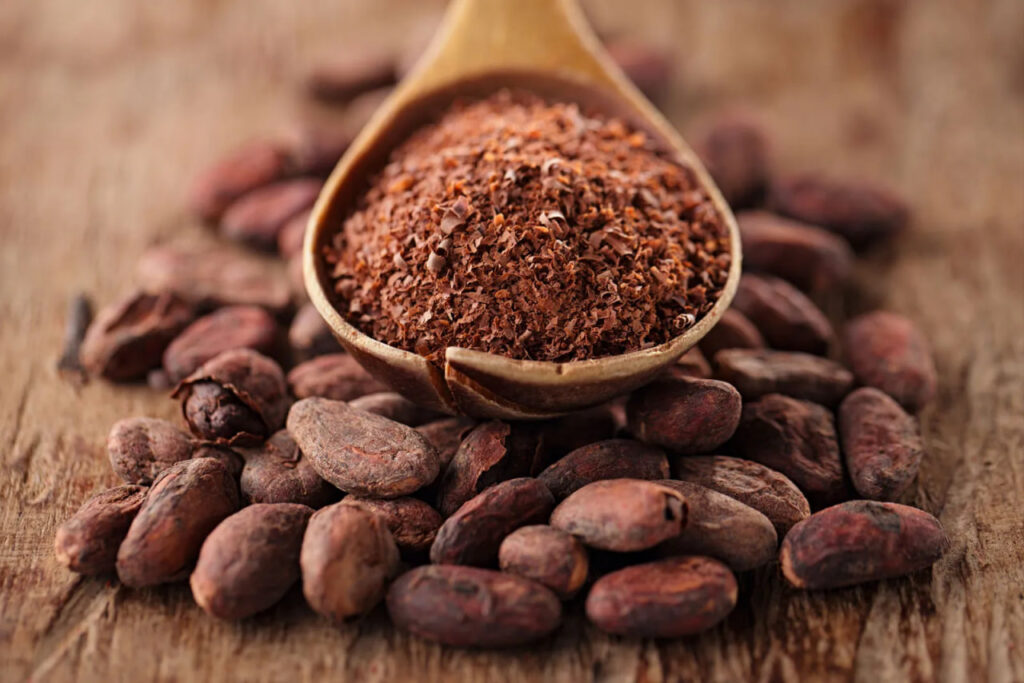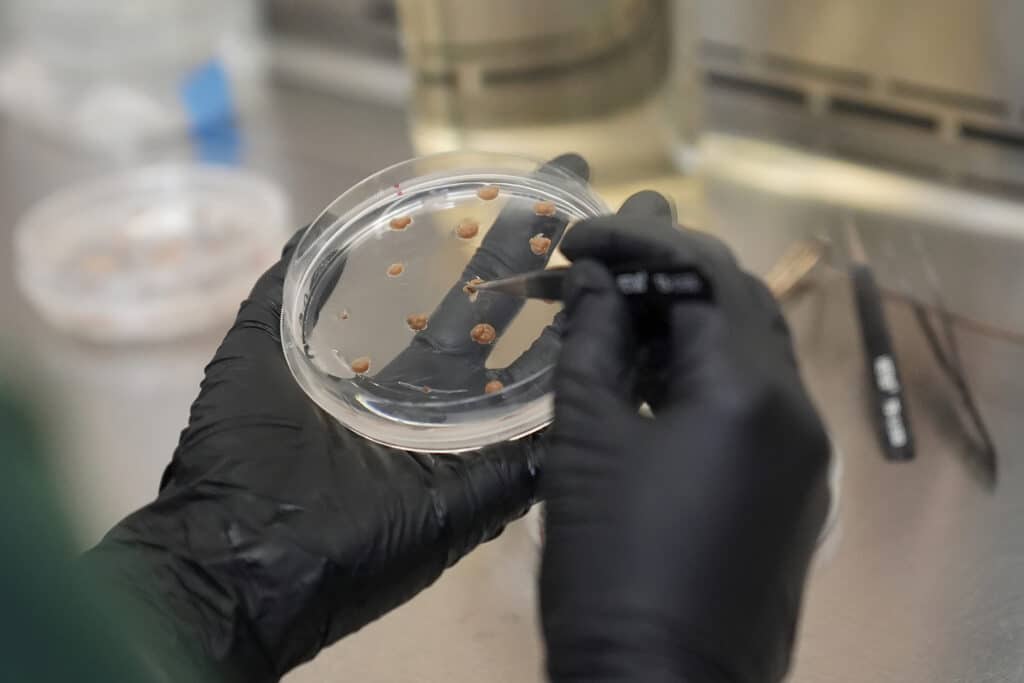
As climate change strains the delicate ecosystems where cocoa beans grow, new solutions are emerging to meet the soaring demand for chocolate. Companies and researchers are exploring advanced methods to cultivate cocoa and develop substitutes.
California Cultured, based in West Sacramento, is leading with a novel approach: growing cocoa from cell cultures. By using sugar water to accelerate growth, their method reduces the time needed from six to eight months to just one week. This process also minimizes water use and labor. CEO Alan Perlstein highlights the urgency of such innovations to keep up with demand, noting, “There’s really no other way to significantly increase cocoa supply affordably without major environmental or other costs.”

Cocoa trees, which thrive in tropical regions, are being affected by heat and drought, impacting major producers in West Africa and South America. In response, researchers are working on enhancing cocoa’s resilience and exploring chocolate alternatives made from ingredients like oats and carob. For example, Planet A Foods in Germany has developed “ChoViva,” a chocolate alternative using oats and sunflower seeds.
The rising cost of cocoa, driven by demand and crop issues, has spurred interest in these alternative solutions. Carla D. Martin of the Fine Cacao and Chocolate Institute notes that instability in cocoa supply is making lab-grown and substitute products increasingly appealing.
In addition to new technologies, traditional cocoa farming is also being bolstered. Mars is investing in research at the University of California, Davis, to develop disease-resistant cocoa plants. Meanwhile, Israel’s Celleste Bio is growing cocoa indoors to produce cocoa powder and butter, aiming to mitigate the impacts of climate change and disease.
Both California Cultured and Celleste Bio seek FDA approval to label their products as chocolate, reflecting their genetic similarity to traditional cocoa. Perlstein envisions their product as “brewery chocolate” or “local chocolate,” emphasizing its authenticity.
These efforts, along with improvements in conventional farming, represent a comprehensive approach to tackling the challenges facing the cocoa industry and meeting the ever-growing chocolate demand.





